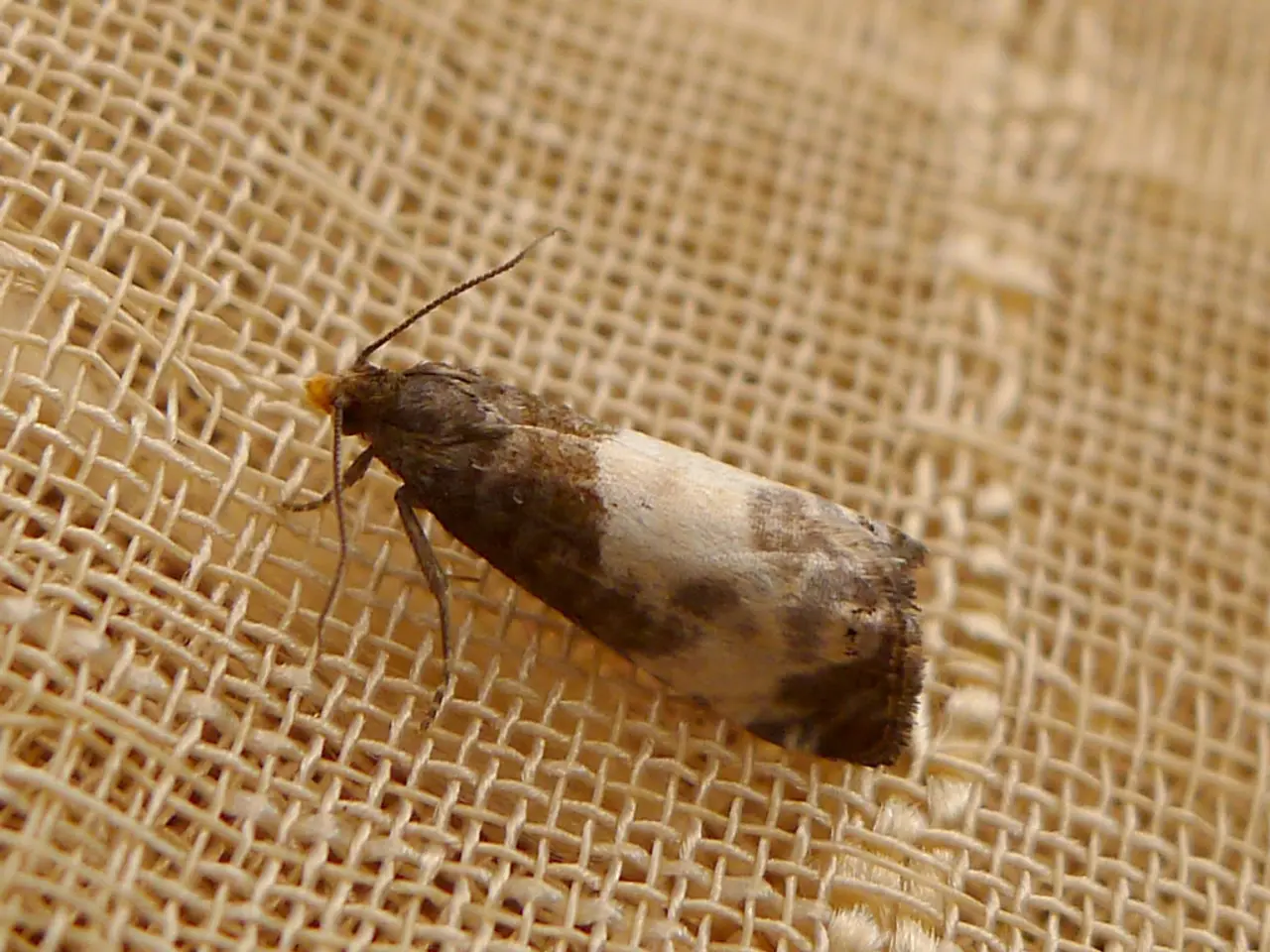Lyme Disease Treatment and Symptoms: Can it be Cured?
Post-Treatment Lyme Disease Syndrome (PTLDS), a complex condition characterized by persistent symptoms in some individuals after antibiotic treatment for Lyme disease, presents unique challenges in diagnosis and treatment.
### Long-term Effects
Approximately 10-35% of patients treated for Lyme disease may experience persistent symptoms, with figures around 10-20% being more common[1][4]. Common symptoms include fatigue, musculoskeletal pain, cognitive difficulties, headaches, and neurological symptoms that can last for months or even decades after initial infection and treatment[1]. Persistent neurocognitive difficulties may even increase over time, with memory problems reported more frequently at 6 months than during acute illness[1].
The pathophysiology of PTLDS is not fully understood but may involve persistent inflammation, immune system dysregulation, autoimmune reactions, or residual bacterial debris causing central nervous system sensitization[3].
### Treatment Options
There is no single best treatment for PTLDS, as management is highly individualized based on symptom duration, specific manifestations, and whether co-infections are present[2]. Standard antibiotic therapy is effective for many, especially with early diagnosis and treatment. For persistent or complex cases, treatments may include extended or repeated antibiotic courses, addressing co-infections such as Babesia or Bartonella, and supportive therapies like anti-inflammatory agents, probiotics, and lifestyle adjustments to reduce inflammation[2].
Because persistent symptoms may not always indicate active infection, other therapies targeting immune response or inflammation might be necessary, though these are still emerging areas of research[3]. Barriers to adequate care include lack of provider recognition, insurance issues, cost, and access difficulties, which can affect timely and effective treatment[1].
### Prevention and Diagnosis
Lyme disease is the most common vector-borne disease in the United States, with the blacklegged, or deer, tick being the primary carrier[5]. A tick must remain attached to the skin for 36-48 hours to infect a person[6]. The National Health Service (NHS) in the United Kingdom states that two types of blood tests can help diagnose Lyme disease[6]. Antibodies can take several weeks to develop after a tick bite, and if a person has only recently received a tick bite, a blood test may return a negative result despite the presence of bacteria in the bloodstream[7].
The best way to prevent Lyme disease is to remove a tick as soon as possible. The blacklegged tick resembles a tiny spider and is around the size of a poppy seed or a sesame seed[2]. People who develop Lyme disease require antibiotics to kill the bacteria, with a doctor typically prescribing doxycycline, amoxicillin, or cefuroxime for the early stages of the disease[2]. If the disease involves the central nervous system, a doctor may prescribe intravenous antibiotics for 14-28 days[7].
In summary, PTLDS represents a complex syndrome involving fatigue, pain, and cognitive issues potentially linked to immune and nervous system effects. Treatment is tailored and may involve extended antibiotics and supportive care, but challenges remain in diagnosis, management, and patient access to care[1][2][3].
- Despite potentially effective antibiotic treatment for Lyme disease, approximately 10-35% of patients continue to experience chronic health-and-wellness challenges, such as persistent fatigue, musculoskeletal pain, and neurological symptoms, which are collectively referred to as Post-Treatment Lyme Disease Syndrome (PTLDS).
- In the public domain, there is ongoing debate regarding the infectious nature of PTLDS, with some attributing symptoms to ongoing bites from ticks or other insects, stings, or environmental factors like climate change.
- Science and medical-conditions research continue to explore the complex neurological and mental-health impacts of PTLDS, where persistent symptoms can last for months or even decades, causing chronic-diseases that affect quality of life and necessitate lifelong management.
- An essential part of Lyme disease prevention involves being aware of tick-borne risks and practicing skin-care precautions, such as promptly removing any attached ticks, seeking medical advice if bites occur, and incorporating regular fitness-and-exercise routines as a natural means of boosting overall health.
- Medicare and insurance providers are increasingly recognizing the need to cover Lyme disease treatment, as challenges in diagnosis and access can hinder timely management, leading to increased treatment costs and impacting individual health outcomes in the long-term.
- In the realm of environmental-science, understanding climate change's influence on tick populations and their geographical distribution is a critical factor in Lyme disease prevention, supporting proactive strategies to address emerging risks and mitigate the spread of the disease.
- CBD, a non-psychoactive compound found in the cannabis plant, is the subject of ongoing research in the context of Lyme disease and PTLDS treatment, with some studies suggesting potential anti-inflammatory properties that may improve chronic-disease symptoms.
- As PTLDS continues to present unique diagnostic and treatment challenges, the future of Lyme disease management lies in a multi-disciplinary approach, encompassing public health efforts, systematic improvements in medical-testing and treatment, and ongoing advancements in both medical and environmental-science.
- Advocacy for increased funding in healthcare, scientific research, and environmental programs is essential for addressing Lyme disease and PTLDS complexities, ensuring comprehensive solutions are developed to improve the overall health of those affected and to prevent future cases, both in the United States and worldwide.




